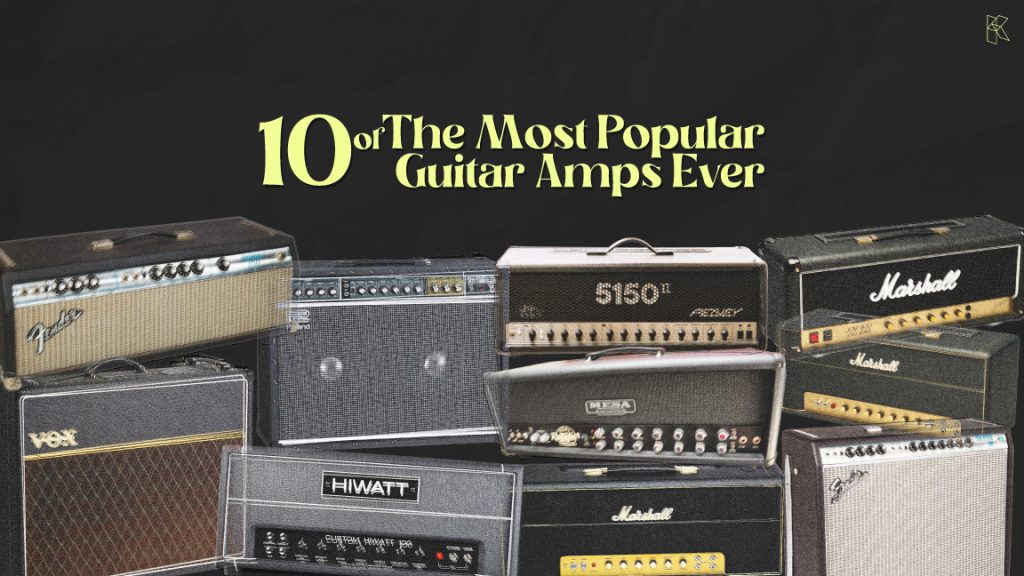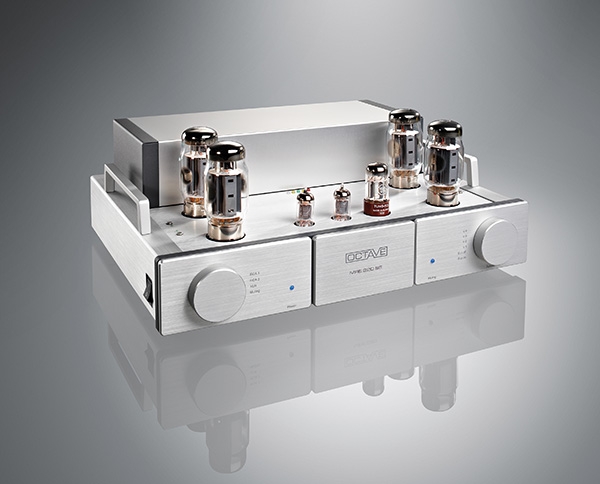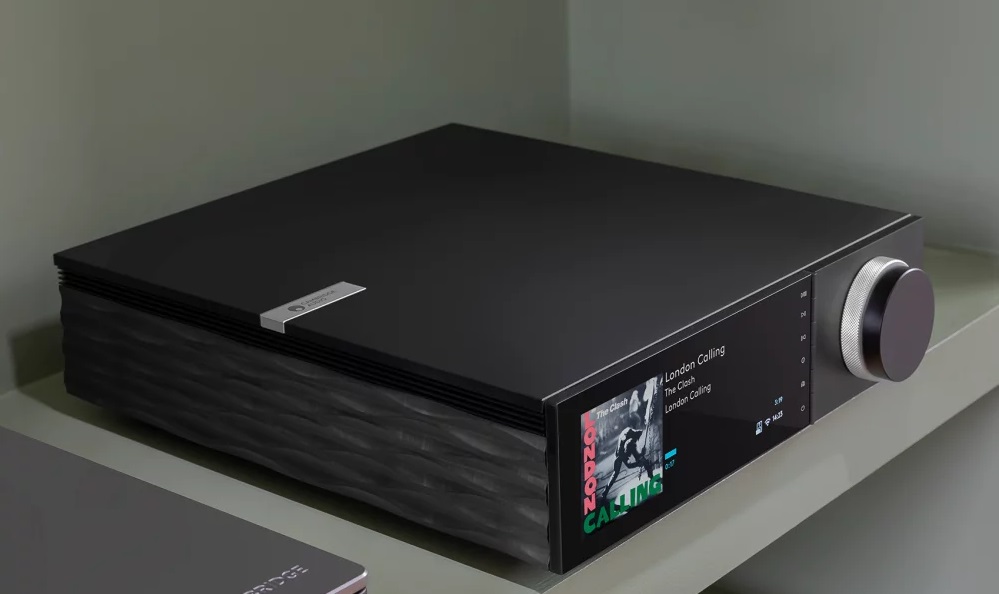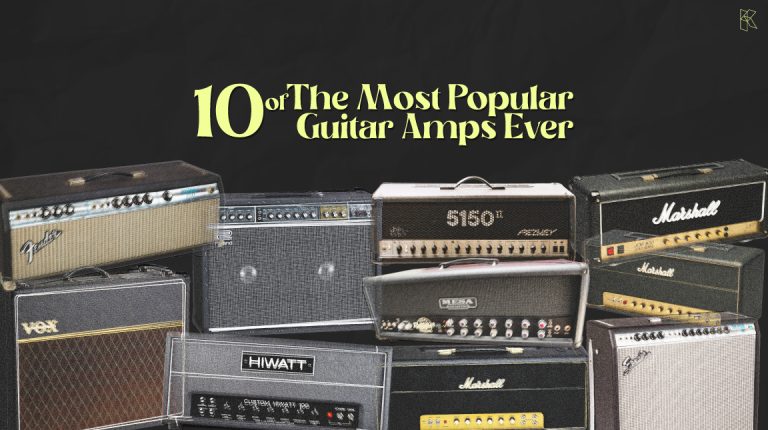Are you ready to revolutionize your guitar tone? Whether you’re a bedroom warrior or a seasoned pro, mastering the art of amp reviews can be your secret weapon. But let’s face it – navigating the world of Ampreviews can be overwhelming.
Fear not, tone-seekers! We’ve compiled the 10 best ways to harness the power of Ampreviews, guaranteed to elevate your sound and leave your audience begging for more. So grab your axe, crank up the volume, and let’s dive into the ultimate guide to Ampreviews Nyc mastery!

1- The Ear-Opening A/B Test
First things first – your ears are your most valuable tool. Set up two amps side by side and switch between them quickly. This direct comparison will reveal subtle differences you might miss otherwise. Pro tip: record your tests and listen back with fresh ears the next day. You’ll be amazed at what you discover!
2- The Volume-Matching Magic Trick
Here’s a secret that’ll blow your mind: volume affects our perception of tone. When comparing amps, always match their volumes precisely. Use a decibel meter app on your phone to ensure accuracy. This simple step eliminates bias and lets you focus on the true tonal differences.
3- The Genre-Hopping Challenge
Don’t just stick to your comfort zone! Push each amp through various genres – from clean country twang to face-melting metal. A truly great amp should be versatile enough to handle it all. This approach not only tests the amp’s range but might inspire you to explore new musical territories.
4- The Pedal Gauntlet
Your pedalboard is part of your tone equation. Run your favorite pedals through each amp you’re reviewing. Pay attention to how the amp responds to different effects. Does it play nice with your overdrive? How does it handle modulation? A great amp should enhance your pedals, not fight them.
5- The Mic Shootout Showdown
Recording is crucial for many players. Test each amp with various microphones and placements. Try dynamic, condenser, and ribbon mics at different angles. This process will reveal how the amp translates in a recording environment – essential knowledge for the studio-savvy guitarist.
6- The Band Context Reality Check
An amp might sound killer in isolation but fall flat in a band mix. If possible, test the amp with a full band. Pay attention to how it cuts through and complements other instruments. This real-world scenario is often overlooked but incredibly important for gigging musicians.

7- The Long-Term Reliability Test
Don’t just focus on immediate tone – consider longevity. Research user experiences and reliability reports. An amp that sounds great but breaks down constantly is a headache waiting to happen. Look for models with solid build quality and good customer support.
8- The Blind Tone Test Challenge
Here’s a fun one – set up a blind test with friends. Have someone switch between amps while you listen with your eyes closed. This eliminates any visual bias and forces you to trust your ears. You might be surprised at which amp you prefer when brand names are out of the picture!
9- The Room Acoustics Experiment
An often-overlooked factor in amp reviews is room acoustics. Test the amp in different spaces – a carpeted bedroom, a tiled bathroom, a large rehearsal space. This will give you a sense of how the amp behaves in various environments, crucial for adaptable players.
10- The Price-to-Performance Ratio Analysis
Last but not least, consider value for money. An expensive boutique amp might sound marginally better than a mid-range option, but is it worth the extra cost? Break down the features and tone quality relative to the price. Sometimes, the best value isn’t the most expensive option.

Frequently Asked Questions
How long should I spend reviewing an amp?
Give yourself at least a week if possible. Initial impressions are important, but living with an amp reveals its true character.
Should I trust online reviews or try amps myself?
Both have value. Online reviews provide a broad perspective, but nothing beats hands-on experience. Use online resources to narrow down options, then test in person.
How important are wattage and speaker size in reviews?
They’re crucial factors but don’t tell the whole story. Higher wattage doesn’t always mean better tone, and speaker size affects character. Consider these alongside other features.
Can I accurately review amps using headphones?
Headphones are useful for late-night practice but don’t fully represent an amp’s character. Always try to test with the speaker when possible for the most accurate review.
How do I review digital modeling amps effectively?
Focus on ease of use, variety of models, and how convincingly they replicate classic amps. Pay attention to feel and response, not just sound.
Conclusion
In conclusion, mastering the art of Ampreviews is a journey that will transform your guitar playing experience. By implementing these 10 techniques, you’ll develop a keen ear for tone, make more informed gear decisions, and ultimately find the perfect amp to express your musical voice. Remember, the best amp is the one that inspires you to play more and push your creative boundaries. So get out there, start reviewing, and let your tone soar to new heights!

